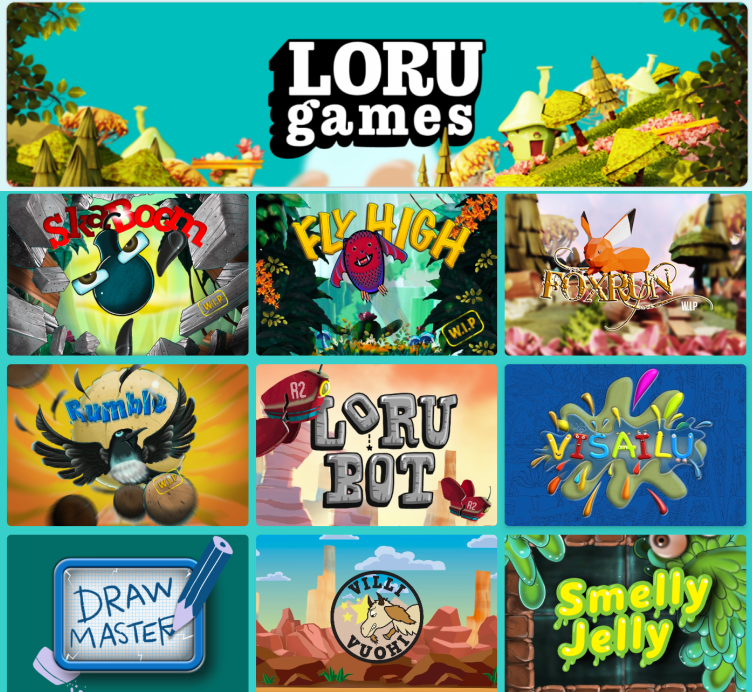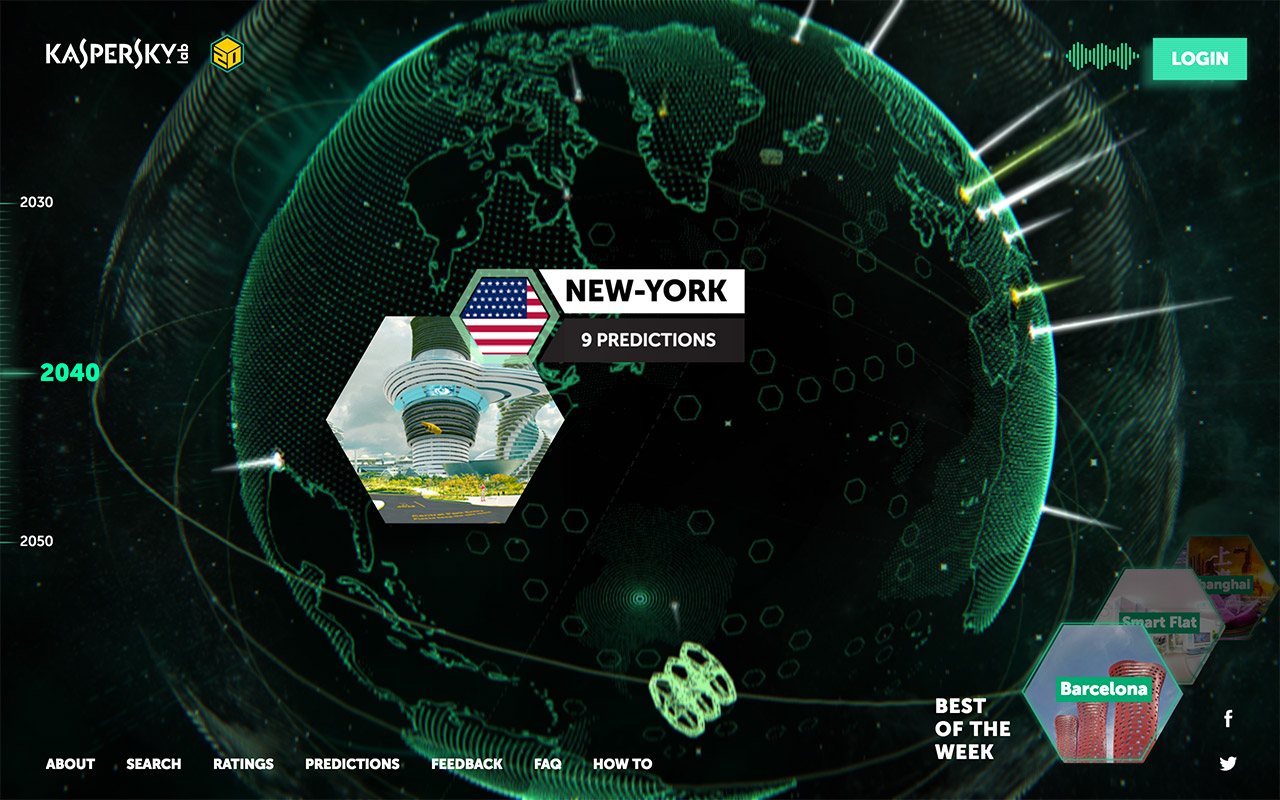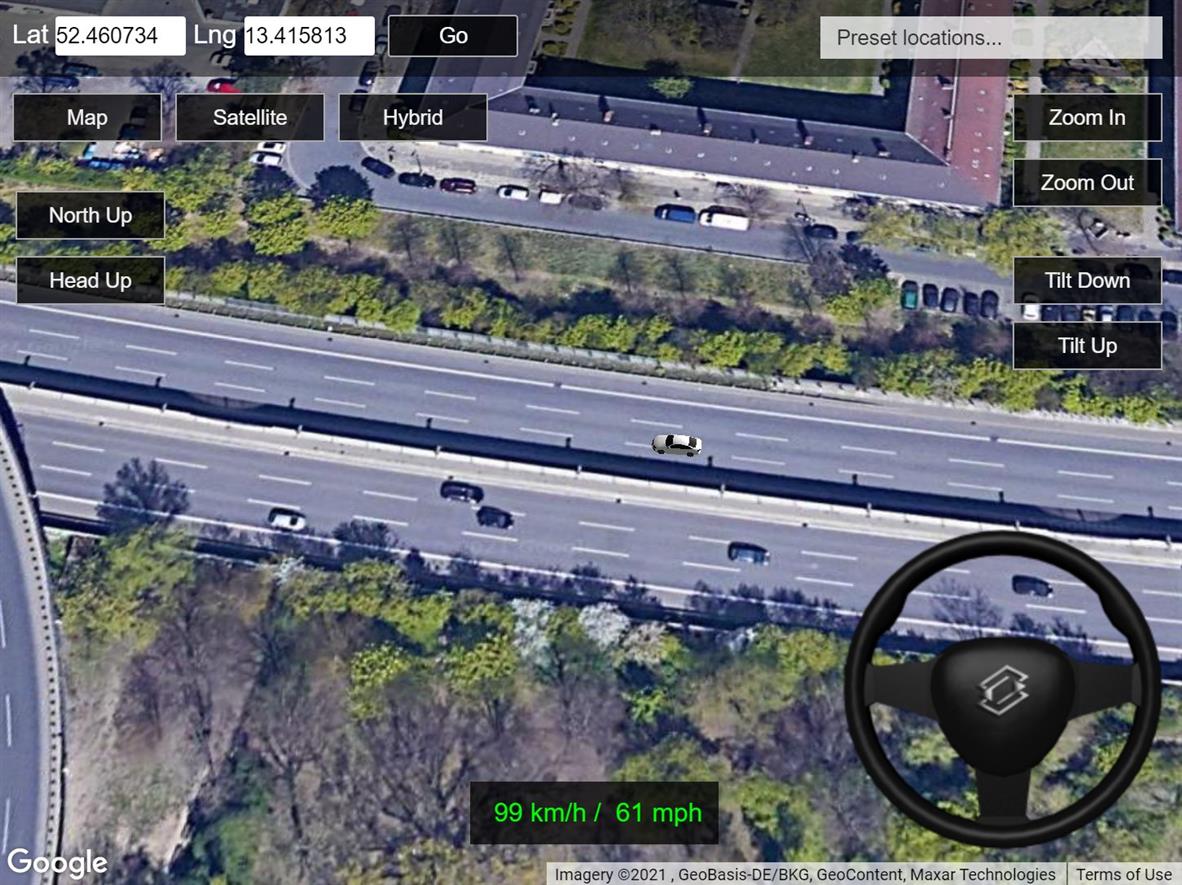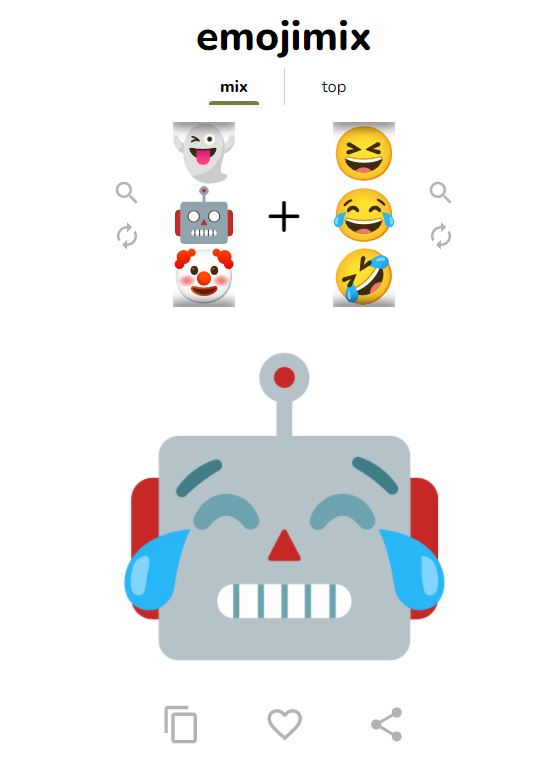Summer is definitely a time to rest up from what has been a very challenging school year, to say the least. But it’s also a time to recharge our batteries through some professional learning. Here are a few new ed tech tools that you should take a look at as you relax and see if any of them will fit your subject area or student needs for the next school year.
River Runner – The premise of this website is simple: Drop a raindrop anywhere in the contiguous United States and see where it ends up. Once you’ve released your drop, the site automatically creates a map and takes you on a visual journey as it travels. It identifies each river it runs into, as well as how far along that body of water it would travel. You can zoom in for more detail on the map, too. I randomly put my drop in Cora, Wyomong and saw that it would travel 2,563 kilometers to Mexico (not where I would have predicted). There is also a global version of the site available.

Nvidia Canvas – If you’d like your students to enhance their creativity, you might consider having them use Nvidia Canvas. This free software available for download for Windows computers turns whatever simple or complex things you draw into beautiful artificial intelligence-crafted images. It works best for landscape images and allows you to select from nine styles that modify the look and feel of a painting and 20 different materials ranging from sky and mountains to river and stone. You can start from scratch or get inspired by one of the sample scenes.

Loru Games – Loru Games is another assessment/game site for student learning. There are a number of games for them to play for free using either your own questions or those that other educators have submitted. Only the teacher has to have a registration (free); students enter a code given to them by their teacher to get into a game. The site is COPPA, FERPA, and GPDR compliant. Please note that if you want the learning reports, that is a paid feature.

Earth 2050 – Help your high school students become future thinkers by using Earth 2050. This is a website about the future as seen through the eyes of futurologists, scientists, and internet users from all corners of the globe. Select a year — 2030, 2040, or 2050 — and study the predictions for different cities and countries: what will happen to our planet, what our lives will be like, what jobs we will have, what we will eat, and more. Students can also add their own predictions, based on data they gather, to the site for others to view. Sounds like a great project to me!

3D Driving Simulator on Google Maps – I have to be honest and say I’m not sure of the educational value of this new site I discovered. But I was impressed with its tech. This 3D driving simulator runs on top of Google Maps. Controls are simple: Left and right arrow keys are for steering and the up/down arrow keys let you go forward and backward. The simulator starts you at the same map place every time. But you can get the latitude and longitude for any location you want here and then enter those numbers to drive in your hometown, Paris, or anywhere in the world.

EmojiMix – Create your own emojis by mixing emojis together. This site was more fun that I anticipated, and I won’t tell you how long I played with it. You can have the site randomly select both emojis, select your own, or search for exactly what you are looking for. Once your new emoji is perfect, you can copy or share it. Simple and entertaining!

Google Lens – While this isn’t a new tool, it is one that I haven’t taken full advantage of previously. Google Lens works on any device with the Google search feature. Instead of typing in what you are searching for, you simply use your camera or an image to find what you need. It can copy and translate text, provide step-by-step help with math homework (and assignments in history, chemistry, biology, physics, and more), identify plants and animals you see, and much more.

Do any of these websites or tools look interesting to you? Let me know what you think!

